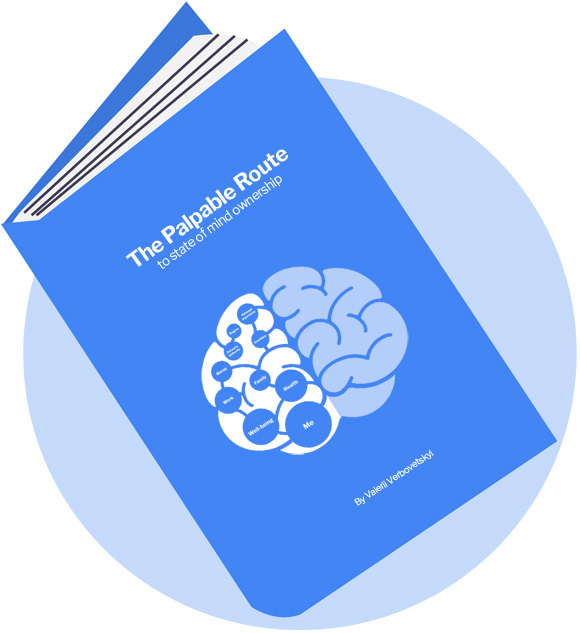Outside the box thinking comes much easier if we are not emotionally dependent on “the box” contents, e.g. worry about outcomes or react to people involved. Creators’ favorite, the state of the flow rarely benefits from tunneling our thoughts into a limited number of passages defined by fear, anger or other agitations. How can we reach the state conducive to creativity? Expand creative inquiry beyond patterns routinely established by consciousness? Locate new ideas, don’t give up on the good ones and, what is no less important, — be able to implement them?
Even a brief state of mind check may reveal if our current way of interacting with the subject of inquiry is “emotionally intelligent”. A number of techniques helps us overcome routine agitations and get there, e.g. tune-in rituals, letting the mind rest with the subject, external conditions, stimulants, etc. If we are still getting emotional interference, a time-out might be required for locating and addressing the issues: our own internal problems, external influence (emotional contagion, sometimes, even with indirect stakeholders).
Clear and uninvolved internal inquiry
An agreeable state of mind allows us to form an emotionally uninvolved inquiry, clear of unwanted steering by implicit motivations. The same goes for further processing of the results: assessing viability, communicating the idea to others, implementing it.
Intuition
Our ability to register subtle signals related to inquiry often helps. Especially, if hard logic does not offer sufficient arguments. Evolved intuition and our ability to follow its signs are byproducts of graceful interaction with the world, deeper awareness and clear perception.
This post an abstract from the book coming in 2019.

